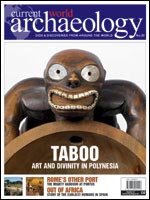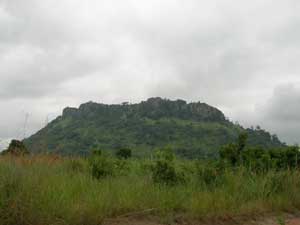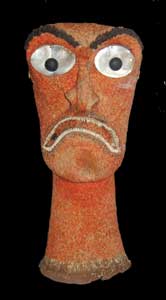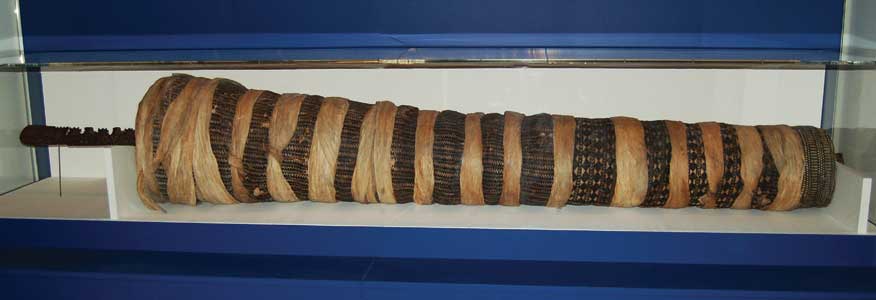
CWA 20 was published in December 2006 and contained articles on the Roman Port of Ostia, palaeontological finds at the Spanish site of Orce, a look at the history of Ghana over the past 200 years, and a preview of the forthcoming British Museum exhibition on Polynesian "tapu".
Rome
At Ostia the threat of redevelopment or expansion of Rome’s Fiumicino airport is always there, thus the expertise of Simon Keay and Martin Millett was called upon to provide a detailed geographical and topographical survey of the area. The seven year project included geophysical techniques and benefited from the inadvertently revealing aerial photographs taken by the Guardia di Financa looking for smugglers.
.jpg?resize=500%2C365)
Spain 
Once in South East Spain has a unique geology including an isolated saline lake from six million years ago which has 600m of sediment that forms one of the best palaeontological records in Europe. During 28 years of digging, palaeontologist Dr Joseph Gilbert has found evidence of some of the earliest human presence and the oldest tools in Western Europe. Now his work on the trail of Homo habilis’ progress out of Africa has taken a different turn after the Andalucían administration prohibited further excavations in this area.
View of old Oldowan tools assemblage from Barranco Leon site
GhanaT
The first of two pieces which look at the role of Ghana and its relationship to Europe. This is especially relevant as this year marks the 50th anniversary of Ghana’s independence and 200th anniversary of the abolition the British slave trade. Local archaeologists are integrating oral history and ethno-historiography to build up a picture of the development of communities in the wake of the slave trade. This is followed by a report on Fredriksnopel, Denmark’s first plantation in Ghana.

View of Mount Krobo rising from the lowlands
Polynesia
The British Museum is preparing for an imaginative exhibition of items collected from New Zealand through to Hawaii and Easter Islands, not to mention the many islands between that make up Polynesia. The focus of this display is the power and symbolism in many day-to-day items from these cultures and how they relate to the religious ideas of the people. Such a vibrantly colourful display on a comparatively under-exposed area of archaeology will no doubt provoke a great deal of interest.
 This adorned basketwork head is an example of the striking images of gods that will be displayed in the British Museum soon.
This adorned basketwork head is an example of the striking images of gods that will be displayed in the British Museum soon.

This totem-like effigy of a god is wrapped out of reverence. The Polynesian’s believed their religious items should be set apart or kept "tapu" due to their inherent power, this is the origin of the word we recognise as "taboo".

.jpg)